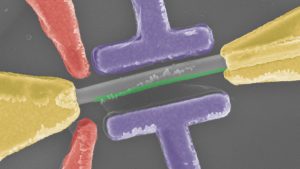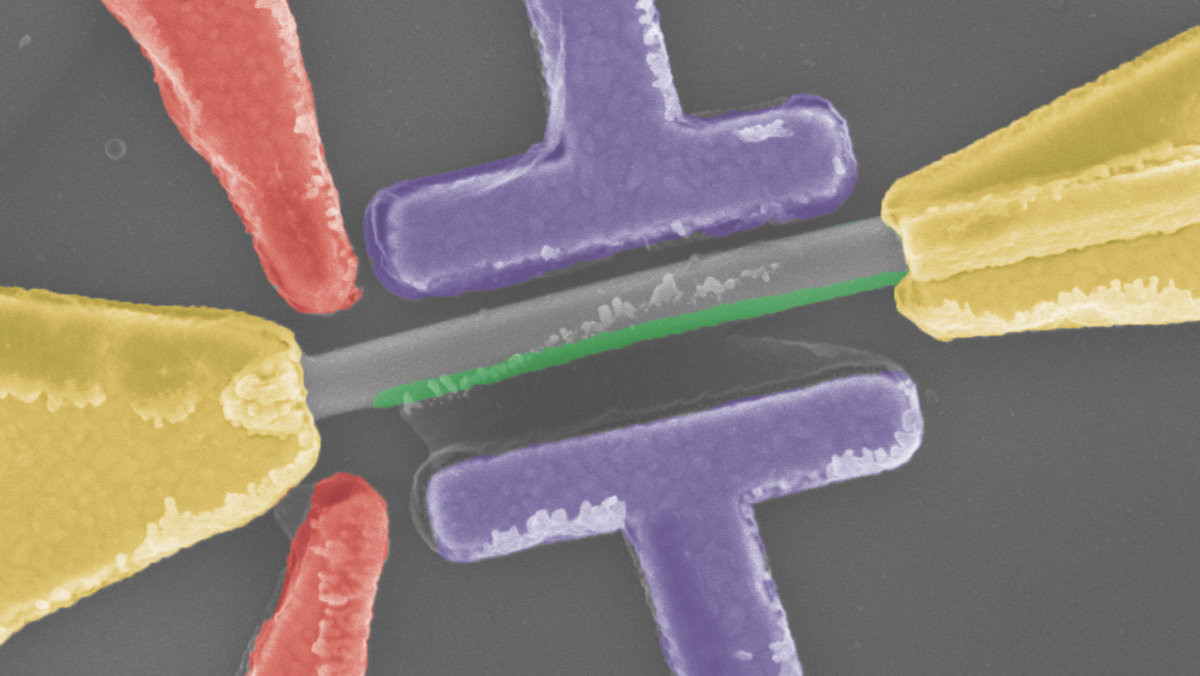Paper Backing Microsoft’s Quantum Technology to be Retracted, Quantum Hardware Field Narrows.

Microsoft’s full-stack quantum hardware ambitions received a sharp blow with news that a key research paper in Nature that backed the company’s main quantum approach would be retracted, and disputed Wired is reporting.
While other companies, such as IBM and Google, backed more traditional and better understood approaches to quantum computing early on, Microsoft sought to tap Majorana particles for its own quantum system. Microsoft-led team retracts quantumcomputing paper by placing bets on this more esoteric model, the company hoped to leap into a leadership status. In 2018, Microsoft predicted completed processors using Majorana would be only 5 years away.
Microsoft never shied away from its topological system as a long-shot bet in the quantum hardware horse race.

“It’s a profoundly more exotic challenge than what’s going on with other approaches to quantum computing,” Charlie Marcus, Villum Kann Rasmussen Professor, Niels Bohr Institute, UCPH, and Scientific Director, Microsoft, told the BBC shortly after the original paper was released by Dutch physicist and Microsoft employee Leo Kouwenhoven.
Majorana fermions are often referred to as ghostly for a reason — they are long-theorized but never seen. These quasiparticles, which may be able to be their own antiparticles, if captured, were thought to have considerable utility as quantum bits, or “qubits,” which are the building blocks of quantum computers. Majorana-based quantum computers’ projected benefits included the promotion of long-lasting quantum states and high fidelity.
The quick rollout of these devices never materialized, however, team researchers began to have questions about the original paper. In response to those questions, the original team recently released a data release that suggested that the skeptics were right. When the additional data was figured in, evidence for the Majorana particle disappeared.
In addition to Microsoft’s business setback, the news is a blow to science, itself, and quantum science, specifically. The capture of the Majorana particle, which had long eluded investigations, was considered a “holy grail” moment by scientists. The paper in Nature was considered a major scientific advance and scientists had particularly hoped that it could lead to further discoveries in astrophysics and a better understanding of quantum mechanics.
Microsoft’s Options
The setback obviously limits Microsoft’s full stack quantum hardware options. The team could still pursue a Majorana-based system, although, that seems unlikely.
Das Sarma, theoretical condensed matter physicist, told Wired that, although a quantum computer using Majorana particles is theoretically possible, that type of computer “may be 30 years away.”
Most quantum computing experts would suggest that 30 years would be, at least, 25 years too late.
Another option is to pursue more established type of quantum technology, such as superconducting qubits or trapped ion systems. Microsoft-led researchers are also exploring other hardware options. Microsoft and University of Sydney researchers also announced a promising way to scale up quantum computers. Acquiring a quantum hardware company is an option to leap back into the competition, as well.
Microsoft does have a cloud offering card in its quantum hand to play. Its Azure Quantum was recently opened up to the public. The system allows access to the company’s hardware partners, such as Honeywell Quantum Solutions, IonQ and Quantum Circuits, along with its software partners. In a market where quantum devices are going to be large and expensive — at least in the short term — getting a cloud proposition right will be paramount as the wider quantum technology ecosystem evolves. It also offers a clearer road to short-term profitability – the unit economics of developing and selling full-stack quantum systems is still being debated (with venture capitalists encouraging companies to avoid lumpy one-off revenues in favor of recurring subscription revenue) – the cloud path is now well trodden and understood in comparison.
Microsoft competes with Amazon’s Braket offering which is emerging onto the quantum technology scene.
Analysis: Shake It Up, or Shake It Off
It’s still too early, but this scientific shake-up could spark moves in Microsoft and across the quantum industry. For example, the exit of Majorana as one of the contenders for quantum computation, at least in the near future, will most likely have a ripple effect on the hardware providers that are still working towards quantum advantage and quantum supremacy.
First, the aforementioned ion-trap providers, along with superconducting qubits, photonics, neutral atoms, silicon-based and annealing, are still in the race. You can see some of these implementations here.
In one possible impact, after seeing how risky quantum actually is, investors may move out of quantum altogether. More likely, though, funders edge toward more established quantum technologies. Azure’s own backing of ion trap-startups could trigger a tipping of the scale toward these systems.
Finally, there could be implications for the quantum software space. With the attention moving from hardware to software, Microsoft may focus more money and attention there. That could mean Microsoft looks to build, partner and/or acquire to be a bigger quantum software player.
If you found this article to be informative, you can explore more current quantum news here, exclusives, interviews, and podcasts.


















